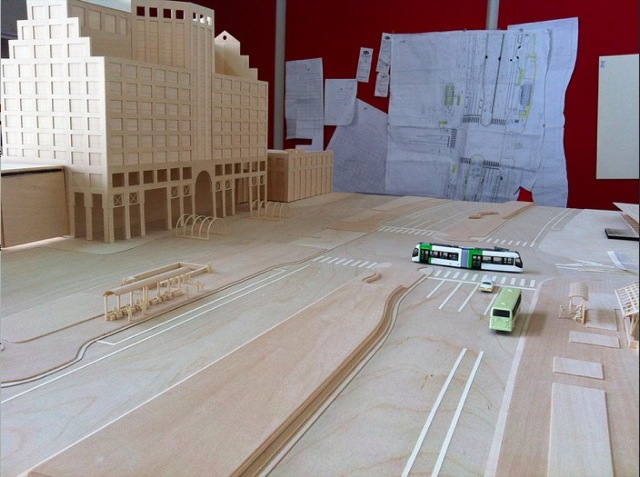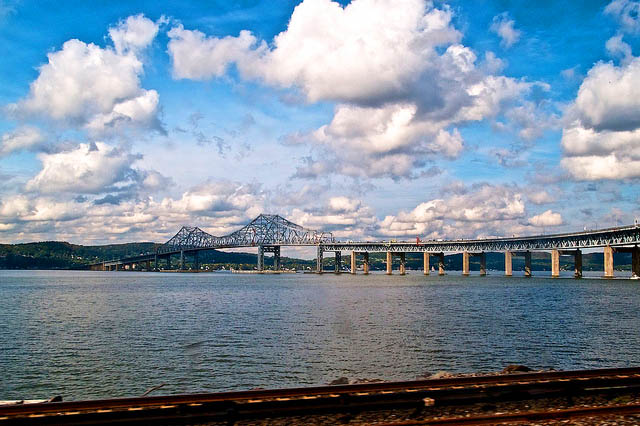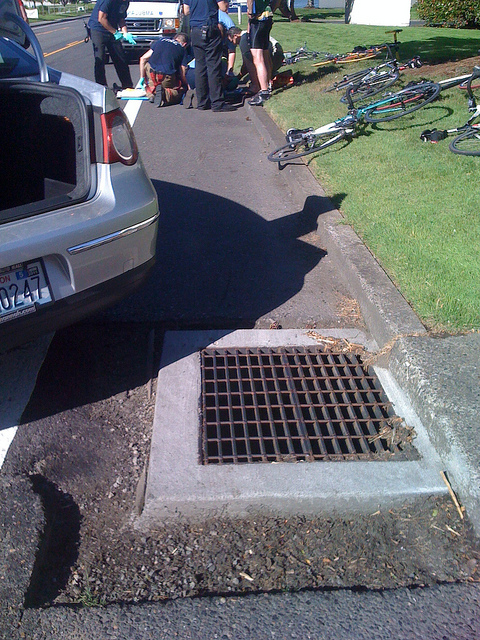The latest cost estimate for the proposed 4.5-mile Arlington, Virginia streetcar has risen to $358 million, or $80 million per mile. This puts it in the same ballpark as light rail, as current light-rail projects in Dallas, Minneapolis, Phoenix, Sacramento, and Salt Lake City are costing $50 million to $80 million per mile (though the average for all current light-rail projects is nearly $110 million).

A model of the proposed Arlington streetcar. Local taxpayers will be lucky if the rail supporters in the Arlington County Department of Environmental Services will be satisfied playing with the model instead of forcing taxpayers to build the real thing.
What would Arlington get for all this money? Proponents, such as Arlington County manager Barbara Donnellan, still call streetcars “high-capacity transit” even though streetcars have about the lowest capacity of any transit system imaginable. Heck, minivans can probably move about as many people per hour as streetcars.









